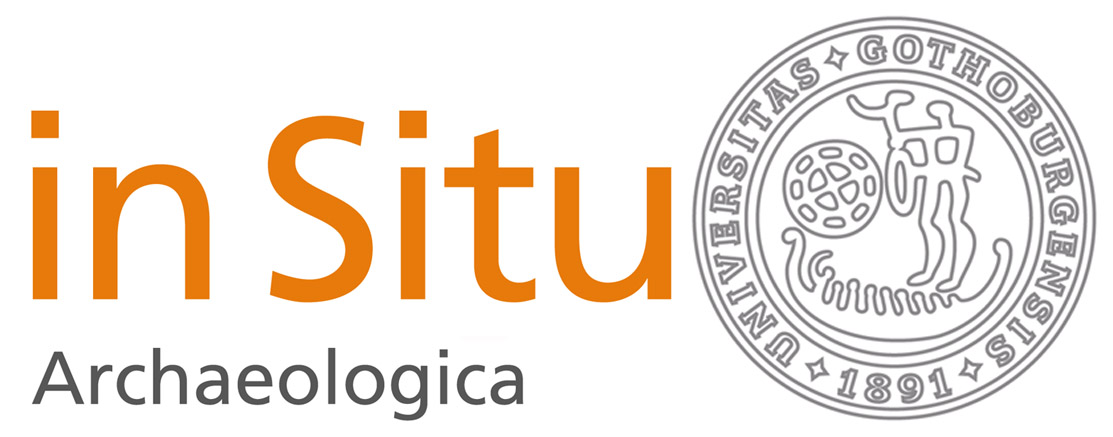Den vardagliga kniven - om knivars terminologi och tolkning med småländska exempel
DOI:
https://doi.org/10.58323/insi.v5.12709Abstract
The knife is a common artefact found in many different contexts. In this article a model of how knives can be analysed is presented. The model is based upon characteristics that are important when discussing the use value of the knife as well as its symbolic value. Certain characteristics have been identified as important on basis of practical forging and knifemakery. Physical characteristics such as the design of the tang, the knives length and how its edge is designed is important information when discussing to what purpose the knife was manufactured. The material of the blade gives information about both the smith and how the knife might have been used. Two different materials can be used, these are iron and steel. Steel is iron with a carbon content of 0,3-2%. Steel has different use values than iron. It may be tempered and therefore an edge made out of steel remains sharp longer than a similar edge made out of iron. Iron and steel can also be combined. The social meaning of a knife can sometimes be traced on the basis of ornamentation. Richly ornamented knives sometime indicate special meaning in certain contexts. The symbolic meaning of a knife can sometimes be traced on the basis of how it was deposited. To show this folkloristic source material has been used. The folkloristic sources tell us that there are two characteristics that are most important, these are that the object is made out of steel and that its edge is sharp. The object in folkloristic sources might just as well be a pair of scissors or a nail. A knife found in Öggestorp serve as an example. The knife was found stuck in the top of a grave. It is made out of steel, which allows the knife to be radiocarbon dated. The knife was dated to BC 800-350, which is quite early.
Nedladdningar
Downloads
Publicerad
Referera så här
Nummer
Sektion
Licens
Författare som bidrar till In Situ Archaeologica har givit sitt medgivande att publicera sina artiklar under en Creative Commons-licens. Den ger tredje part vissa rättigheter till att nyttja materialet. Rättigheterna styrs av vilken licens verket är publierad under. Det åligger tredje part att sätta sig in i verkets creative common licens innan materialet används i eget syfte. Det är alltid författaren som har copyright till verket och allt nyttjande av tredje part förutsätter att ett tydligt erkännande ges till verkets upphovsperson, att en länk till licensen tillhandahålls.



